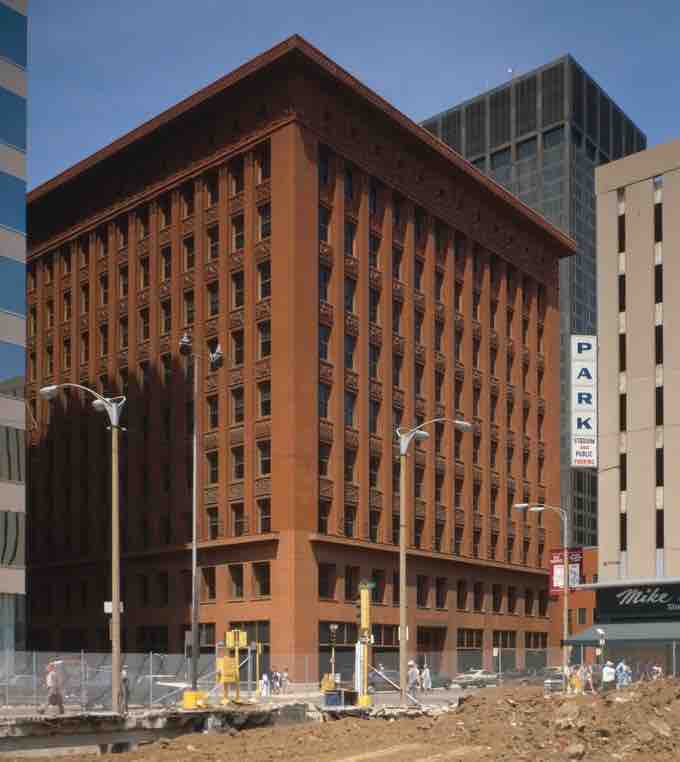The industrialization of the late nineteenth century brought on rapid urbanization. The increasing factory businesses created many job opportunities in cities, and people began to flock from rural, farm areas, to large urban locations. Minorities and immigrants added to these numbers. Factory jobs were the only jobs some immigrants could get, and as more came to the cities to work, the larger the urbanization process became.
In 1870, there were only two American cities with a population of more than 500,000, but by 1900, there were six. Three of these—New York, Chicago, and Philadelphia—had more than one million inhabitants. Roughly 40 percent of Americans lived in cities, and the number was climbing. These large city populations caused crime rates to rise, and disease to spread rapidly. As a result of unsanitary living conditions, diseases such as cholera, dysentery, and typhoid fever struck urban areas with increasing frequency. Cities responded by paving streets, digging sewers, sanitizing water, constructing housing, and creating public transportation systems.
Not only did urbanization cause cities to grow in population, but it also caused buildings to grow higher and larger. Skyscrapers were being built in the cities and the idea of mass transit had begun to take root. Mass-transit systems allowed people to commute to work from farther distances. Suburbs were beginning to form as upper class families began to move out of the overcrowded cities.
The period between 1865 and 1920 was marked by the increasing concentration of people, political power, and economic activity in urban areas. New large cities, such as Denver, Chicago, and Cleveland, developed inland along new transportation routes. The first 12 presidents of the United States had all been born into farming communities, but between 1865 and 1912, the presidency was filled by men with backgrounds representing businesses and cities.

Wainwright Building, St. Louis
The Wainwright Building in St. Louis, finished in 1891, exemplifies architect Louis Sullivan's ideas of form following function, which was a new principle in urban architecture of the period.